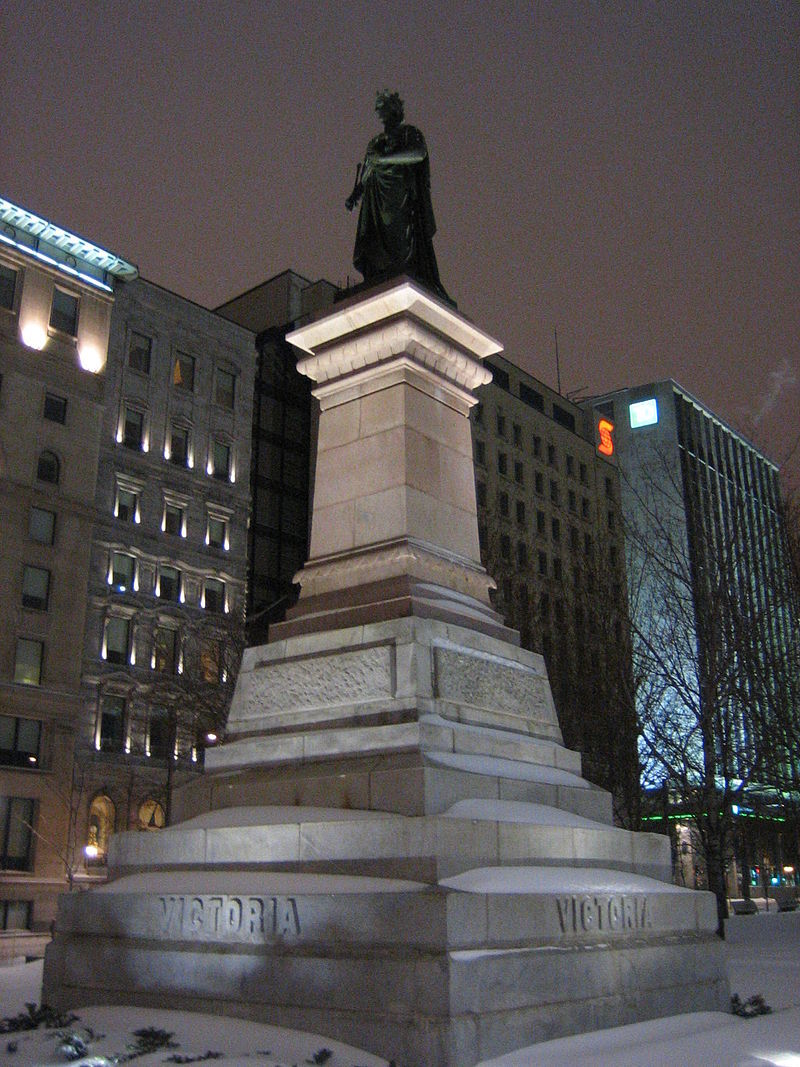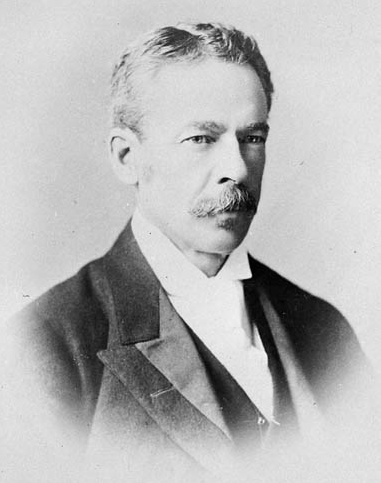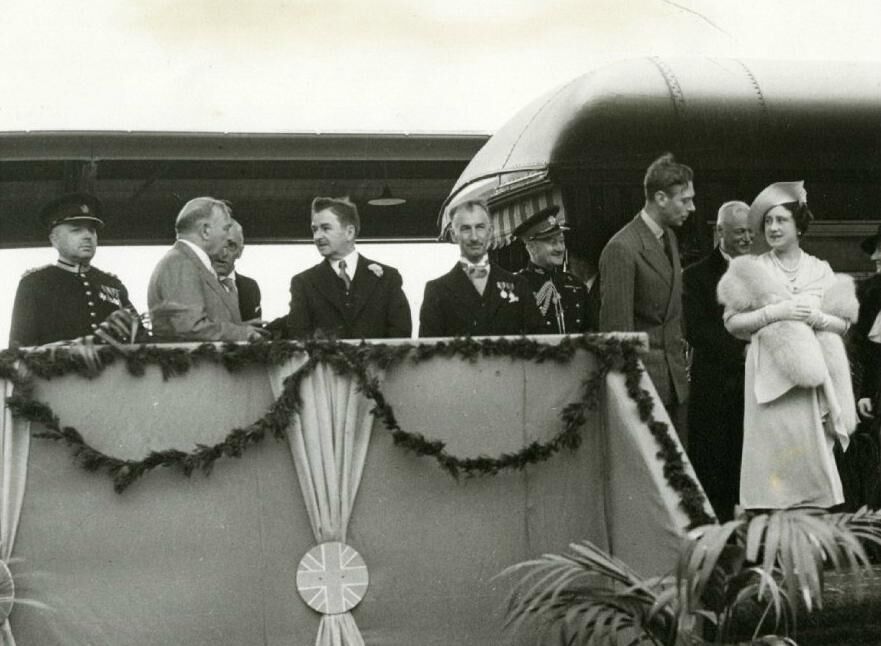Imperialism is when one state dominates another in cultural, economic or military aspects. In the years after Confederation (1867), many Anglophones still felt a sense of belonging to Great Britain. In Canada, an imperialist is someone who supports keeping ties with the British Empire.
Imperialism can take various forms:
-
Imposing political institutions
-
Imposing a culture
-
Imposing values
The Dominion of Canada was established in 1867. People from French and English backgrounds had different political and cultural views, with many English-speaking Canadians still feeling a sense of belonging to the British Empire.
Lord Dufferin, who was Canada’s Governor General from 1872 to 1878, had a statue built of Britain’s Queen Victoria, which stands in Victoria Square in Montreal.

Queen Victoria Memorial
Organizations, like the Imperial Federation League, founded in 1884, were formed to bring together imperialists and promote British culture. Imperialists believed that English should be the official language, and Protestantism the official religion.

D’Alton McCarthy, Imperial Federation League President, Library and Archives Canada, C-003845
Taking its name from King William III, Prince of Orange, a fraternal Protestant society called the Orange Order in Canada was founded in 1830 in Ontario. Its members, called Orangemen, took a stand against Acadians, Québécois and Métis, who were predominantly French-speaking Catholics. Orangeman ideology upheld British Empire supremacy, with many Canadian politicians belonging to the organization, including John A. Macdonald.
The imperialists’ sense of belonging to the British Empire was evident when the United Kingdom became involved in conflicts, such as the Boer War (1899), World War I (1914-1918) and World War II (1939-1945). Imperialists wanted to send troops to help the old mother country, although others were against it and did not want to maintain colonial ties.
In May and June of 1939, King George VI of Great Britain and Queen Elizabeth visited Canada: the first visit of its kind to the country during a British sovereign’s reign. With Europe about to go to war, the King wanted to strengthen ties between Great Britain and Canada, who fought side by side in World War I.

Their Majesties King George VI and Queen Elizabeth visit Canada in 1939. Unknown photographer.
The Conscription Crisis of 1917 is one example of how Canadians adopted different stances on the country’s participation in conflicts. The crisis happened when the Government of Canada required men of fighting age to enlist in the army. Most English-speaking Canadians supported conscription and sending troops, while French-Canadians were against it.
![“Canadian government recruiting poster, 1914-1918: « We will defend the precious jewel of freedom The drum beats, the bugle sounds: Who is hanging back?...No one! We are a people who will defend themselves. Forward march! Will we help in crushing tyranny? Apply at the Recruiting Office » [Unofficial translation]”](/sites/default/files/styles/1200w/public/2020-07/h1392i4.jpg?itok=K5EbROmf)
“Canadian government recruiting poster, 1914-1918:
« We will defend the precious jewel of freedom
The drum beats, the bugle sounds:
Who is hanging back?...No one!
We are a people who will defend themselves.
Forward march!
Will we help in crushing tyranny?
Apply at the Recruiting Office » [Unofficial translation]”